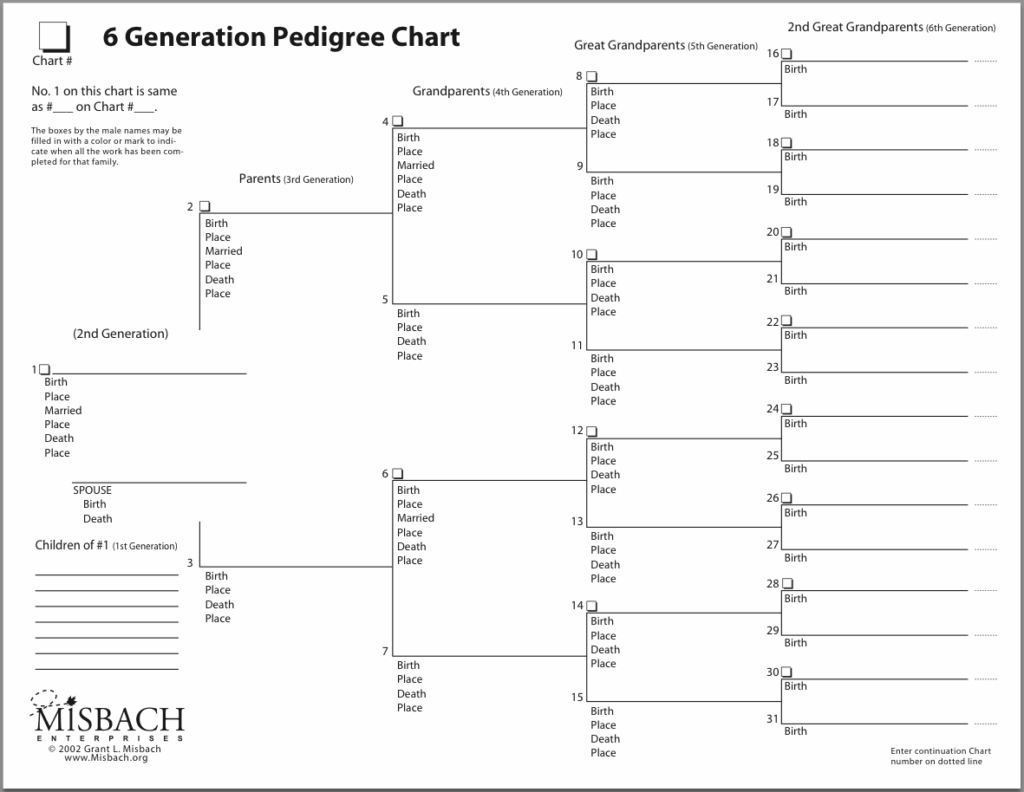An ancestor chart, also known as a pedigree chart, is a visual representation of a person’s ancestors. It typically starts with the individual at the base of the chart and expands upwards to show parents, grandparents, great-grandparents, and so on. Ancestor charts are an essential tool for genealogists and family historians to track their family tree and lineage.
Each generation is represented on a different level of the chart, making it easy to trace back multiple generations and identify key ancestors. Ancestor charts can vary in complexity, with some including additional information such as birth dates, marriage dates, and locations.
Ancestor Chart Or Pedigree Chart
Pedigree Chart Overview
A pedigree chart, on the other hand, is a specific type of ancestor chart that focuses on a person’s direct ancestors in a particular lineage. It typically only includes the individual, their parents, grandparents, and great-grandparents in a simple and straightforward format. Pedigree charts are commonly used in animal breeding to track genetic traits and lineage.
Unlike ancestor charts, pedigree charts do not typically include additional information beyond the individual’s direct ancestors. This makes them a useful tool for quickly identifying an individual’s lineage without getting bogged down in extraneous details.
Key Differences
While both ancestor and pedigree charts serve the purpose of tracing lineage and ancestry, there are key differences between the two. Ancestor charts provide a more comprehensive view of a person’s family tree, including multiple generations and additional details. Pedigree charts, on the other hand, focus specifically on direct ancestors in a linear fashion.
Ultimately, the choice between an ancestor chart and a pedigree chart depends on the specific needs of the researcher. Those looking for a detailed overview of their family tree may prefer an ancestor chart, while those interested in a more focused view of direct lineage may opt for a pedigree chart.
